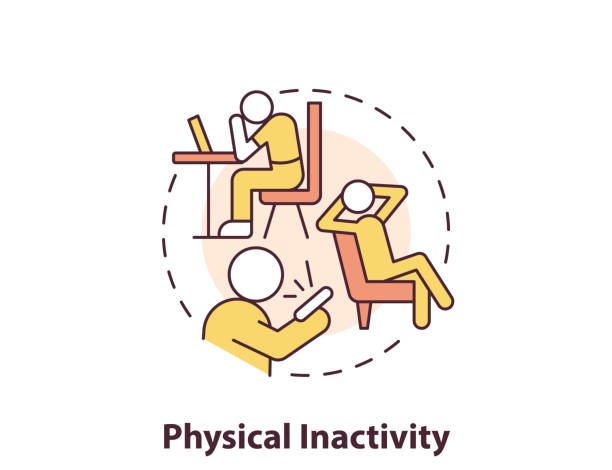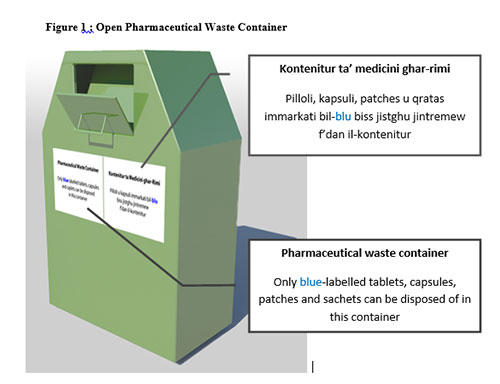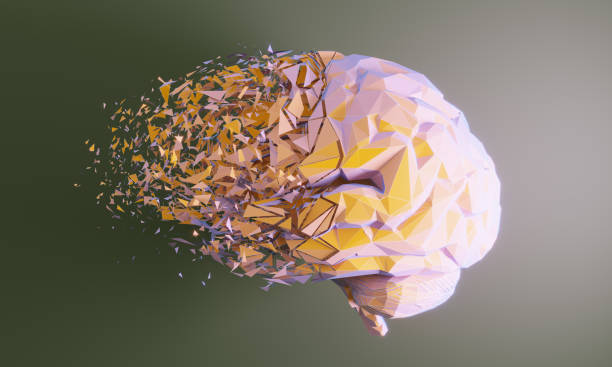A quarter of young women in Gipuzkoa are physically inactive in their spare time
A study by the University of the Basque Country (UPV/EHU) reveals that lack of time, tiredness and laziness are the main obstacles to undertaking physical activity among women aged 18 to 29 in Gipuzkoa.
The UPV/EHU researcher Olaia Eizagirre has analysed the habits, reasons and obstacles that young women from Gipuzkoa have when it comes to undertaking physical exercise in their free time. The results show that 23.6 % of women aged 18-29 are inactive during their leisure time. Their physical activity is lower than what is recommended by the WHO. The research has identified some keys to start turning this situation around.
I’ve had a long day and I’m exhausted; the weather is bad; I feel like lying down on the sofa; I come home late from work and I don’t have time to get any exercise… Who hasn’t used excuses like these to avoid getting exercise? Occasional use of these arguments is not a problem. Nowadays, however, a sedentary lifestyle is integrated into our daily lives and has become one of the key factors in chronic diseases. Although we know that exercise helps to prevent and control diseases, various studies have shown that a large proportion of the population does not get enough exercise and leads a sedentary life. And although the trend is widespread, it is more evident in women. It is mainly during adolescence that the habit of getting exercise declines, and continues to decline progressively during youth and into adulthood.
In this regard, and with the aim of contributing towards reducing physical inactivity during leisure time, the GIKAFIT Research Group of the UPV/EHU analysed the habits, reasons and obstacles preventing young women from Gipuzkoa from taking exercise in their free time. 526 women between the ages of 18 and 29 responded to a questionnaire and 23.6 % said that they were inactive in their free time. The researcher Olaia Eizagirre explains that the World Health Organisation guidelines were followed to measure the degree of activity: “We regarded as active those who engage in moderate-intensity physical activity for at least 150 minutes per week. We saw that a quarter of the participants do not achieve these two and a half hours per week, and although the fact that a quarter of young women are inactive may not seem very many, it is actually a high figure. That is why it is important to analyse the causes and obstacles preventing physical activity.”
Firstly, in terms of reasons, research has shown that young women engage in physical activity mainly to keep fit, because they enjoy the activity and because it is personally satisfying for them. The main motivations for being active coincide with those of women in other age groups, but the authors of the study believe that there is a significant difference among women aged 18-29: the importance of aesthetics. Eizagirre explains that “among young women, concerns related to body image are very important. Although it is not at the top of the list of motivations, we have seen that in this age group, doing physical activity to respond to the canons of beauty is very strong”.
Among the obstacles, however, the main reasons given by young women for not engaging in any physical activity are: lack of time, tiredness due to work or studies, and laziness. In addition, a significant influence is exerted by childhood experiences. “We saw that women who had had unpleasant childhood experiences relating to physical education and sport had lost confidence, and since then they had been telling themselves that they were no good at physical activity,” said Eizagirre.
Need to offer women-only activities
Although the main causes and barriers with respect to undertaking physical activity are specific to each individual (personal motivations, state of health, socio-economic factors, etc.), the study highlighted the importance of social factors. In fact, the participants say they are motivated by belonging to a group and undertaking physical activity with people they like. And, in many cases, Eizagirre explained that they are clearly encouraged by the fact that they do it with women: “Participants reported feeling belittled by men, which led them to regard physical activity and sport as an uncomfortable activity. So creating safe spaces for women could be useful. For example, the provision of activities exclusively for them, without them being watched and judged by other people.”
This study by the UPV/EHU has helped to show that gender also influences physical activity. The authors argue that policies to promote a more active lifestyle need to be formulated with a gender perspective. “Women as a group are very heterogeneous. They have different needs and we cannot lump them all together and provide a single response; policies are needed in line with age and location,” Eizagirre pointed out.
Additional information
Olaia Eizagirre-Sagastibeltza is a PhD student. She is writing up her thesis at the UPV/EHU’s Faculty of Education and Sport on the habits, reasons and obstacles preventing women in Gipuzkoa from undertaking physical activity in their free time. Her supervisors are Uxue Fernandez-Lasa and Oidui Usabiaga-Arruabarrena, members of the GIKAFIT research group. Collaborators from the Department of Physical and Sport Education and the Department of Musical, Plastic and Physical Expression Didactics assisted in the study about young women in Gipuzkoa.
Full bibliographic information
Published on 16/05/2024 by University of the Basque Country
About: Uxue Fernandez-Lasa, Olaia Eizagirre-Sagastibeltza, Ruth Cayero, Estibaliz Romaratezabala, Judit Martínez-Abajo, Oidui Usabiaga Arruabarrena
About: Young women’s leisure time physical activity determinants: a mixed methods approach Frontiers in Psychology
DOI: 10.3389/fpsyg.2024.1281681




